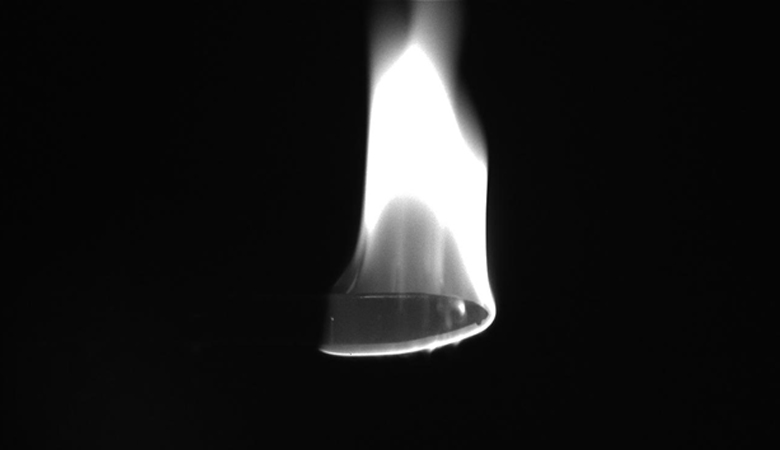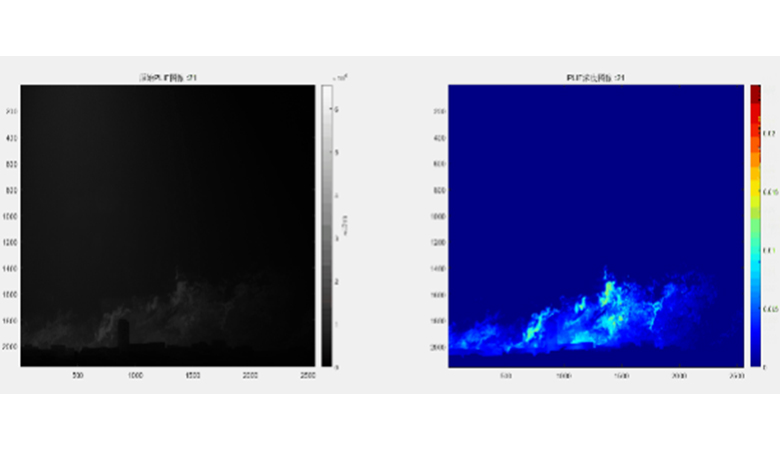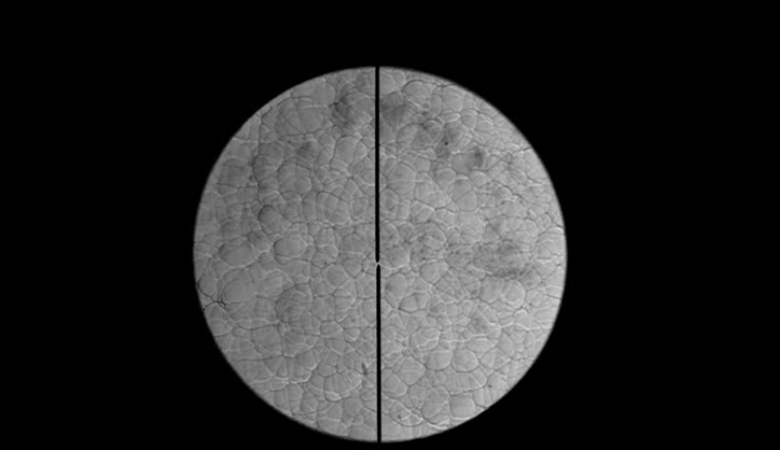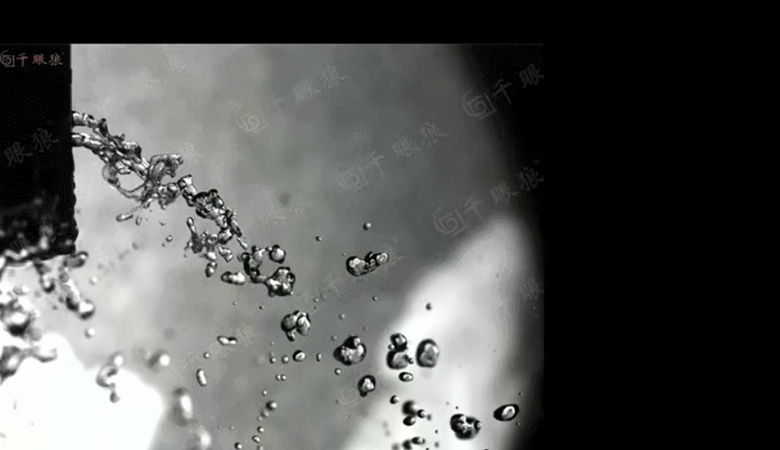
sCMOS scientific camera, with its high quantum efficiency, low read-out noise, and high dynamic range, can effectively capture the minute changes and transient behavior of flames. This helps in the research of the propagation mechanism of blue flames.

The PLIF (Planar Laser Induced Fluorescence) system converts the grayscale data of the raw fluorescence images captured by the high-speed camera into pseudo-color data representing concentration.

When a high-speed camera is paired with a schlieren instrument, it can capture the transient evolution of the density gradient of the flame front over time. This allows for the analysis of the flame propagation speed in a turbulent field, the wrinkling of the flame front, and the interaction with vortices.

High-speed cameras can capture images at tens of thousands of frames per second, recording the formation of droplets, the breakup of liquid films, and the secondary atomization of droplets during the instant of nozzle opening and closing. By analyzing the recorded images, key parameters such as spray cone angle and droplet size distribution can be extracted. This provides a basis for the performance evaluation of combustion injection systems and the optimization of nozzle design.